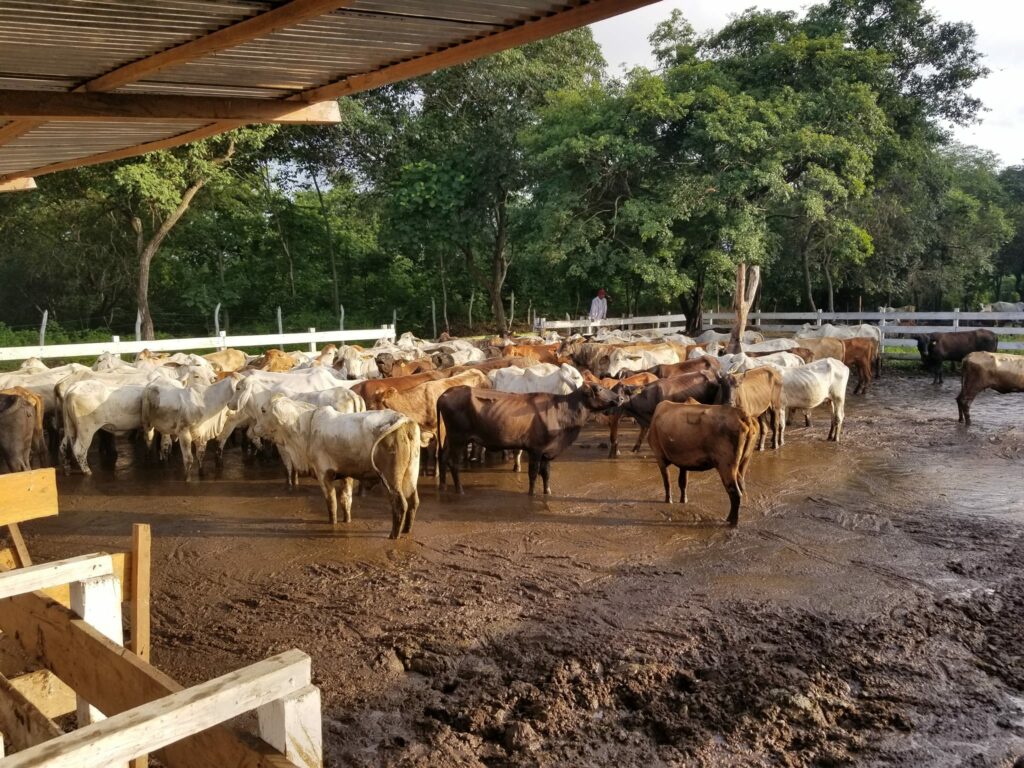Livestock production is a fundamental part of agriculture and the food industry around the world. Since time immemorial, humans have raised livestock for meat, milk, leather and other essential products. Throughout history, this practice has evolved significantly, but its importance in food security and the rural economy remains undeniable.
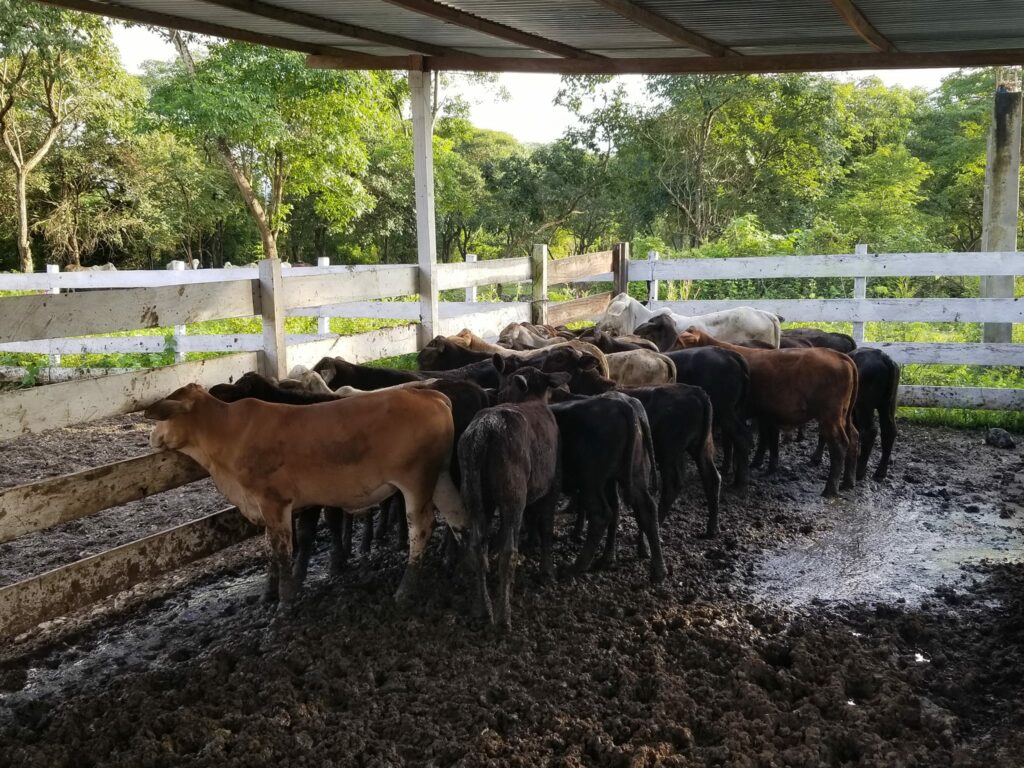
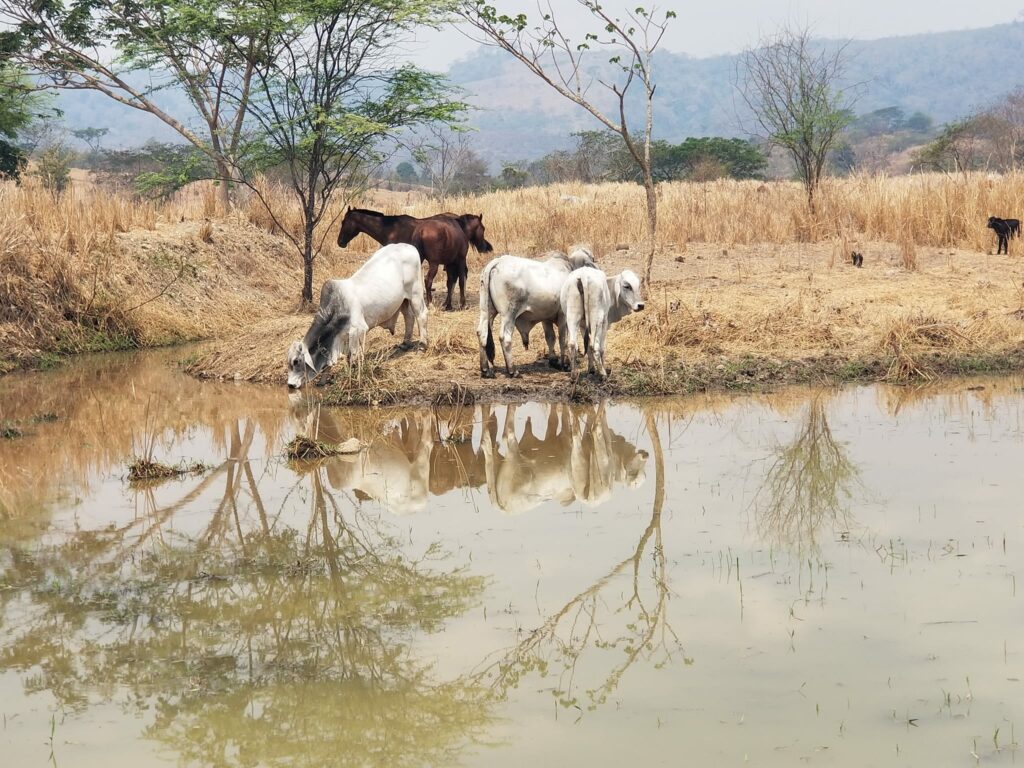
Livestock Diversity
Livestock production covers a wide variety of animals, including cattle, sheep, goats, pigs and poultry. Each type of livestock has its own characteristics, needs and uses. Cattle, for example, are prized for their meat and milk, while pigs are an important source of pork. Sheep and goats are valued for both their meat and wool, and poultry provides meat and eggs.
Production Methods
Livestock production can be carried out in a variety of systems, from extensive pasture farming to intensive factory farming. The system chosen often depends on factors such as geographic location, available resources, and market demand.

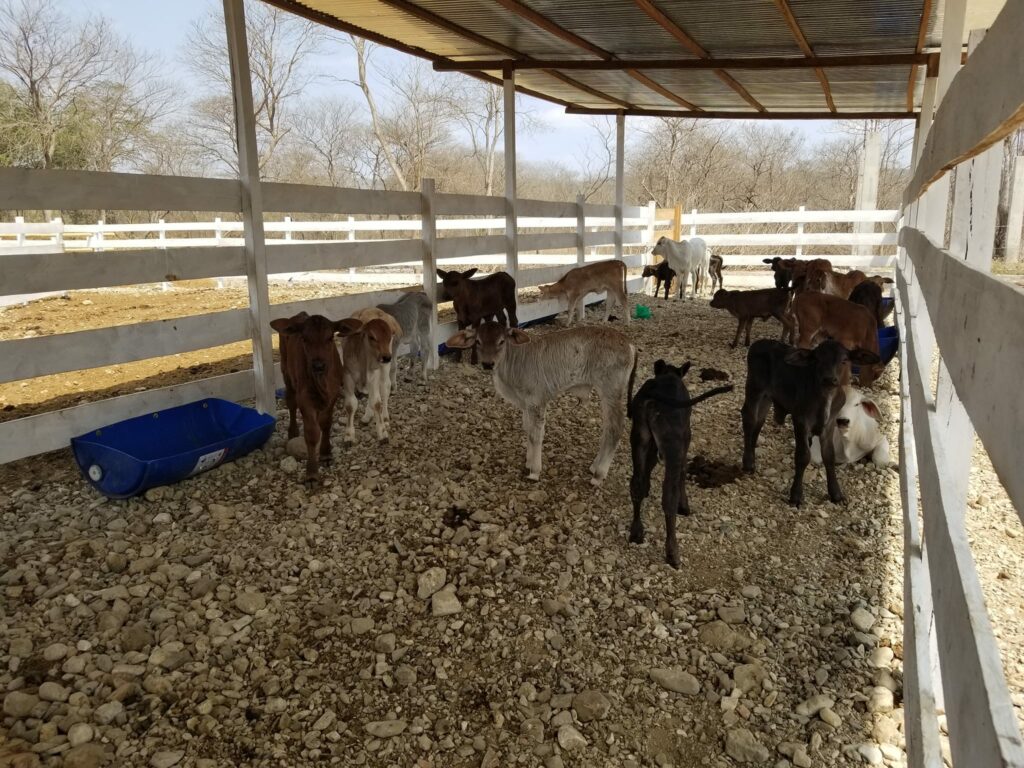
Challenges in Livestock Production
Although livestock production plays a vital role in global nutrition, it also faces significant challenges. One of the most pressing challenges is environmental sustainability. Intensive livestock farming can have a significant impact on the environment through the emission of greenhouse gases, deforestation and overexploitation of natural resources. Efforts are underway to develop more sustainable practices, such as regenerative breeding and precision agriculture.
Animal health is also a crucial issue in livestock production. Diseases can spread rapidly in densely concentrated livestock populations, which can affect both animals and consumers. Advances in veterinary medicine and biosecurity practices are essential to address this challenge.
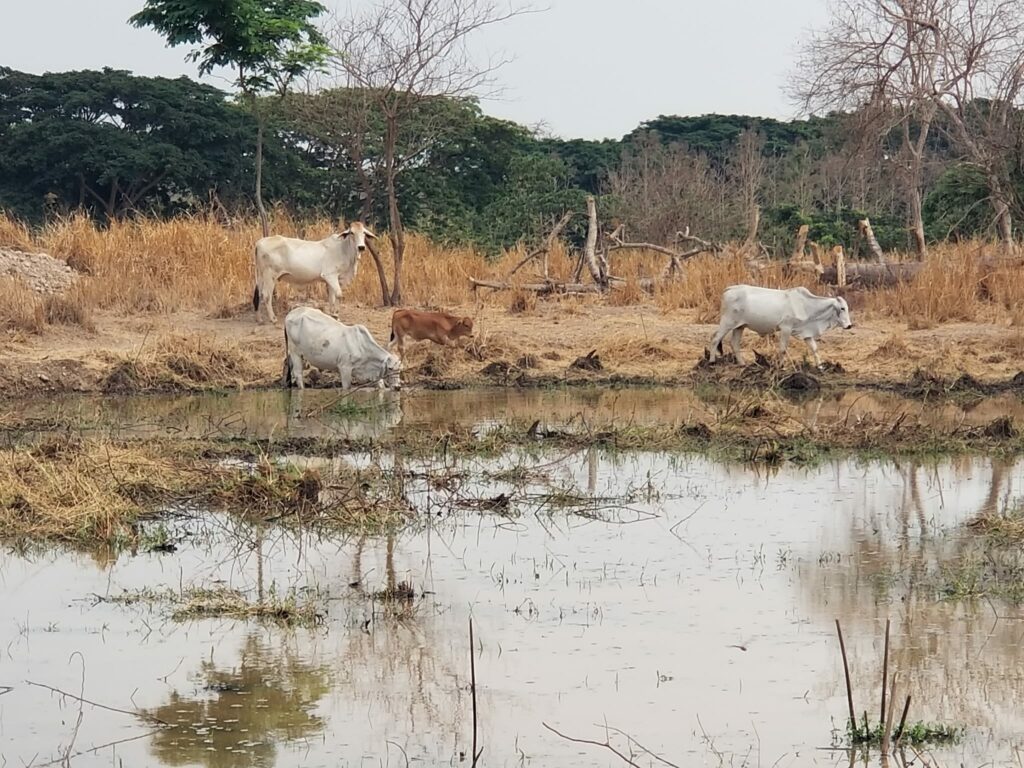
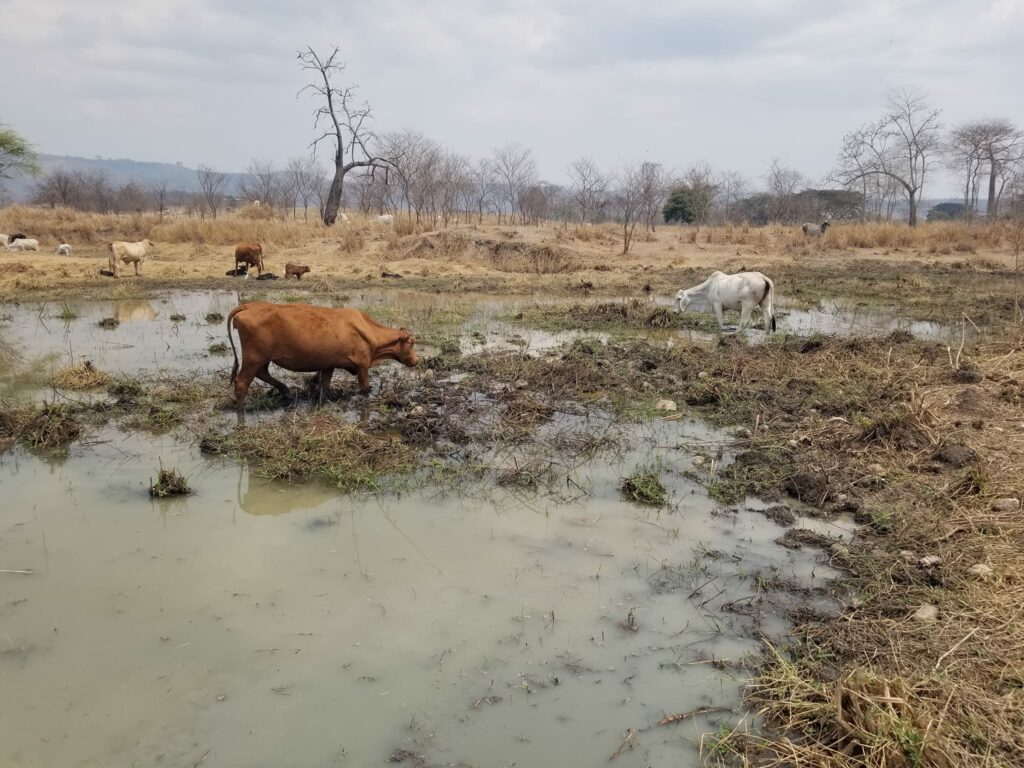
Future perspectives
As the world faces challenges such as climate change and increasing demand for food, livestock production will continue to evolve. Technology is expected to play an important role in improving the efficiency and sustainability of livestock production, through the application of genomics, automation and data management.

